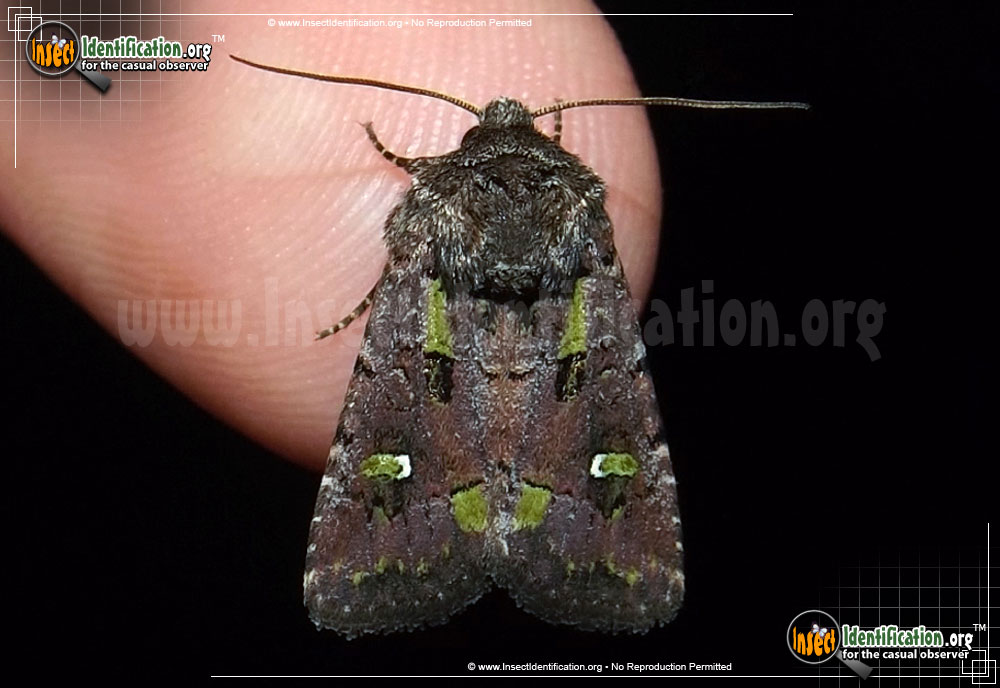

Moths inside structures can cause human anxiety from their persistent movement around lighting. The moths are attracted to light and may be noticed circling porch lights, where they can easily move into living spaces. The moths begin to emerge from these locations at dusk to resume their feeding and westward migration. During the daylight hours, the moths seek shelter in cracks and crevices, including those found in houses and other buildings. They do not cause any damage to the plants as they feed.

The migrating moths feed in the evening on nectar from flowering plants such as lilacs, viburnums and linden trees. Spring-emerging army cutworm moths migrate from east to west to eventually spend the summer months in mountainous areas of Colorado, Wyoming and Montana. Finally, defoliation caused by the cutworms (photos 6 and 7) is relatively rare and has limited impact on the yield.The moths that we see now are beginning their migration journey. Hibernation can occur either in the larval stage or as a chrysalis egg laying can be abundant when the weather is favourable.ĭamage caused by cutworm to the potato is relatively rare and results from large caterpillar populations in the fields (sometimes only in a few foci) which feed on root systems or cut stems, thus resulting in reduced plant cover and even losses or failure on emergence (photo 5).ĭamage to tubers is less frequent and consists of wide irregular cavities dug by the caterpillars.

The adults and caterpillars of nocturnal moths (photo 4) are mostly active at night. They are 4 to 5 cm long, with black dots on each segment the numbers and patterns of these vary according to the species.Ĭutworms are polyphagous insects which develop mainly in light and moist soils. The colour of the larvae is usually dull, grey or brown (especially the terricolous cutworms, more commonly called grey worms: photos 2 and 3), glabrous or fairly smooth. There are different species of cutworm, of the genus Agrotis, whose caterpillars develop mainly in the soil (terricolous cutworms), on the foliage (defoliator cutworms) or in the stems (borer cutworms: photo 1). (Cutworms or Nocturnal moths)Ĭutworms, also called nocturnal moths, are insects of the order Lepidoptera which, in their larval stage (caterpillars), can damage potatoes.


 0 kommentar(er)
0 kommentar(er)
